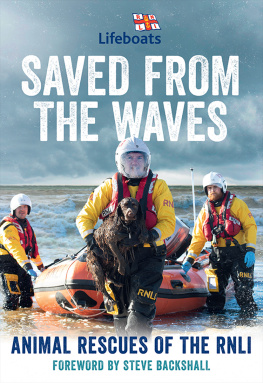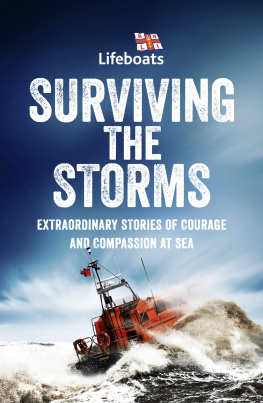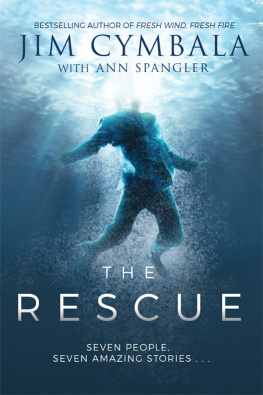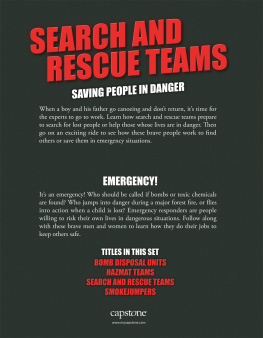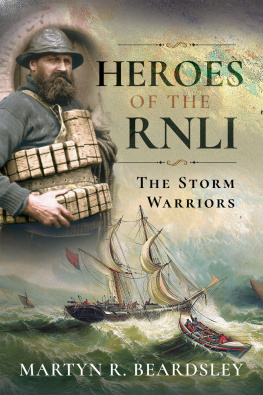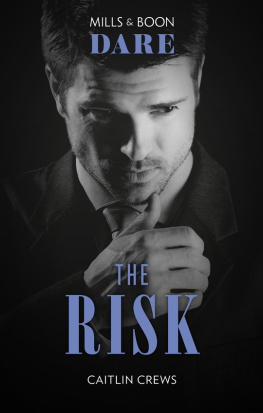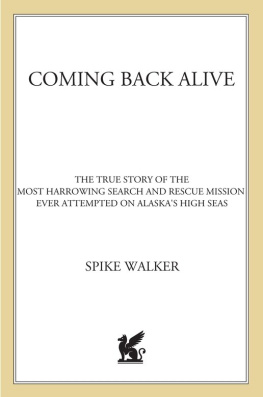O utstanding courage is a quality that lingers in the mind and touches the heart. Every year on Armistice Day we recall valiant First World War soldiers who stormed from trenches and met death on the battlefield. Meanwhile those suffering from terminal illness who bear pain with dignity and fortitude behind closed doors show courage of a quiet kind.
Then there are the lifeboat crews, whose bravery in the face of an onslaught from the elements is quite simply breathtaking and likewise too often unseen. Time after time, in a heartbeat, they steel themselves to head off into the eye of a storm when every other mariner is steering for port. Ordinary men and women thrust themselves into exceptional danger not for money or fame but to save the lives of others. It takes a special kind of person to put the welfare of a stranger above their own. Yet its been the same story unfolding around Britain and Irelands coast for three centuries.
In an island nation, perhaps the desire to pull those in peril from the sea is instinctive. Once it was fishermen who manned the oars of their local lifeboat, no doubt feeling a sense of kinship with the sailors struggling to tame a high-masted brig on a rampant swell. The loss of sons, fathers and brothers to the sea was in any event a common occurrence for coastline communities, and that too lent inspiration for those that remained. Today, seaside towns are often no longer the domain of mighty fishing fleets, and the volunteers who man the boats are drawn from all professions. Nor are the ships that now come to grief at sea typically running goods or raw materials from far-flung dominions to the hub of a powerful empire. Although there are SOS calls from freighters and the like, it is the hobby sailor with his leisure craft who is now more likely to fall foul of weather, time and tide.
D class inshore lifeboat John Batsons crew investigate a cave in Port St Mary.
No matter who is at risk or what the reason, a call for a lifeboat crew brings an instant response. Atrocious weather is a given, as few emergency calls are made when the sea is calm and the ambient temperature warm. Crew members must drop what they are doing at a moments notice to report for duty, leaving warm homes and safe offices for the vagaries of a wild sea. Lifeboat men and women are can do in a modern era where the attitude is more often lets not. While all have ample training and excellent equipment, it is nonetheless a major event on every occasion. Each swiftly taken step as they hurry to the boathouse takes them away from the security of family and friends towards an indeterminate outing, possibly littered with unspecified hazards. Theres no doubt that those who adopt it are a hardy breed with a proud heritage.
A similar impetus to the one driving todays lifeboat crews was behind the foundation of the organisation back in 1824.
Yorkshire-born Sir William Hillary (17711847) was a former royal equerry who married well and, for reasons unknown, accrued Englands largest private army, which carried out exercises in the grounds of his stately home in Essex. It was an expensive pastime that left him divorced, almost bankrupt and ultimately living as an exile on the Isle of Man. However, his bizarre military adventures had earned him a baronetcy and, presciently, he chose the motto: With courage, nothing is impossible.
As an Isle of Man resident, Hillary witnessed numerous mighty storms and the ensuing loss of life if unfortunate ships were caught up in them. It was a matter of perpetual concern to him.
On 6 October 1822, when Hillary saw the plight of the Royal Navy cutter Vigilant , which ran aground in Douglas Bay, he had the opportunity to intervene. Like many wrecks, it lay comparatively close to the safety of the shore, but at the mercy of immense waves whipped up by high winds there seemed little hope for the crew.
Along with a dozen fishermen Hillary, aged 51, jumped into one of two small rowing boats to help in a rescue attempt. Heaving on the oars, the men headed out to sea in the knowledge they would be swept back in the direction of Vigilant . The aim was then to fling heavy cables to the naval vessel and haul it off the rocks that held it fast. For his part, the ships captain began lightening his load, ditching cannon and masts into the sea. And, against expectation, the two tiny towing boats succeeded in pulling Vigilant free. Fortunately, although it was holed, it remained afloat and was brought back to safety in Douglas Bay.
The RNLI coxswains and helmsmen at the official opening of the lifeboat college in Poole.
Hillary felt keenly the triumph of the successful rescue and the despair that followed when he could not raise a crew to help other ships in distress that night. Finally, when he offered a cash reward, men came forward to man the oars once more and many lives were saved.
However, it was only a matter of weeks later that another rescue, this time mounted for HMS Racehorse , saw many of the crew saved but resulted in the deaths of six of the ships crew and three local fishermen who had tried to rescue them. Despite their courage and selfless intentions, Hillary knew that the families of the local men whod been killed would now live in penury. He set about rallying interest in an organised rescue service through a pamphlet succinctly named: An appeal to the British nation on the humanity and policy of forming a national institution for the preservation of lives and property from shipwreck. He distributed 700 copies to bodies, including the Admiralty and Parliament, that he considered would want a stake in a new rescue service.
Sir William Hillary, founder of the RNLI.
It was far from an instant success. But, with the help of London MP Thomas Wilson, interest began to ferment and Hillary finally attracted money and support from wealthy philanthropists. Wilson succeeded in giving the idea political leverage while Hillary continued to press for favours from a network of well-placed titled friends.
On 4 March 1824, the first meeting of the National Institution for the Preservation of Life from Shipwreck was held in London, with the Archbishop of Canterbury in the chair. Its eminent supporters included King George IV, who became a patron, five dukes and prominent politicians including Sir Robert Peel, founder of the police force, and Sir William Wilberforce, noted campaigner against slavery.
Supporters were generous, with donations totalling 10,000 within a year. But there was plenty of work to be done. There were boats and boathouses to buy for coastal communities around the country. (Some towns already had privately run rescue boats.) And the programme of improvement was perpetual.
Always open-minded to innovation, the Institution prided itself on keeping pace with new ideas. In 1881 the self-righting lifeboat was generally agreed to be the best option on offer. However, at the turn of the 20th century, no fewer than 60 non-self-righting lifeboats were in service around the coast. The Institution recognised it was not a case of one size fits all, given the different coastal profiles around Britain and Ireland. It became policy to let men from lifeboat stations trial different boats and select the best for their purposes.
Then there was financial support for the crew. As Hillary discovered, a cash incentive helped to rally volunteers, especially in areas where earnings were sparse. It meant that the best men could be selected, rather than the only men.






